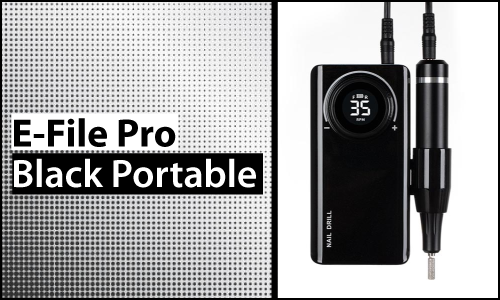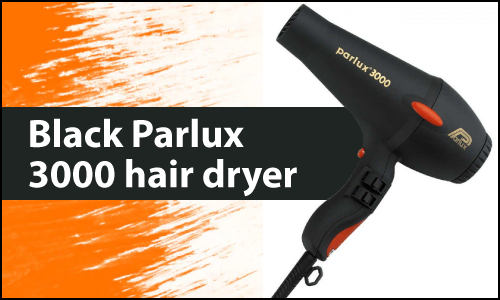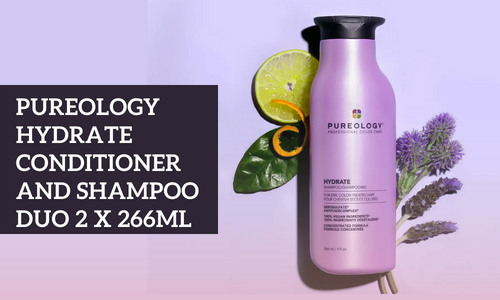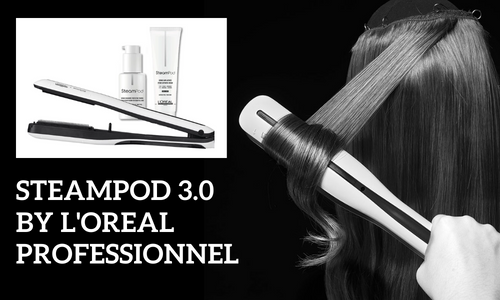In the 21st-century oral care revolution, electric toothbrushes have evolved from niche gadgets to essential health tools, clinically proven to transform dental hygiene. Backed by decades of research, including a landmark Cochrane Review of 56 studies—these advanced devices outperform manual brushing by removing 21% more plaque and reducing gingivitis by 11% within months of use. This comprehensive guide cuts through marketing hype to reveal evidence-based advantages, expert techniques, and critical comparisons between electric and manual brushing. Whether you're seeking solutions for gum sensitivity, orthodontic care, or simply a brighter smile, we'll equip you with actionable insights to make informed decisions about your oral health journey.
The Great Debate: Electric vs. Manual Toothbrushes
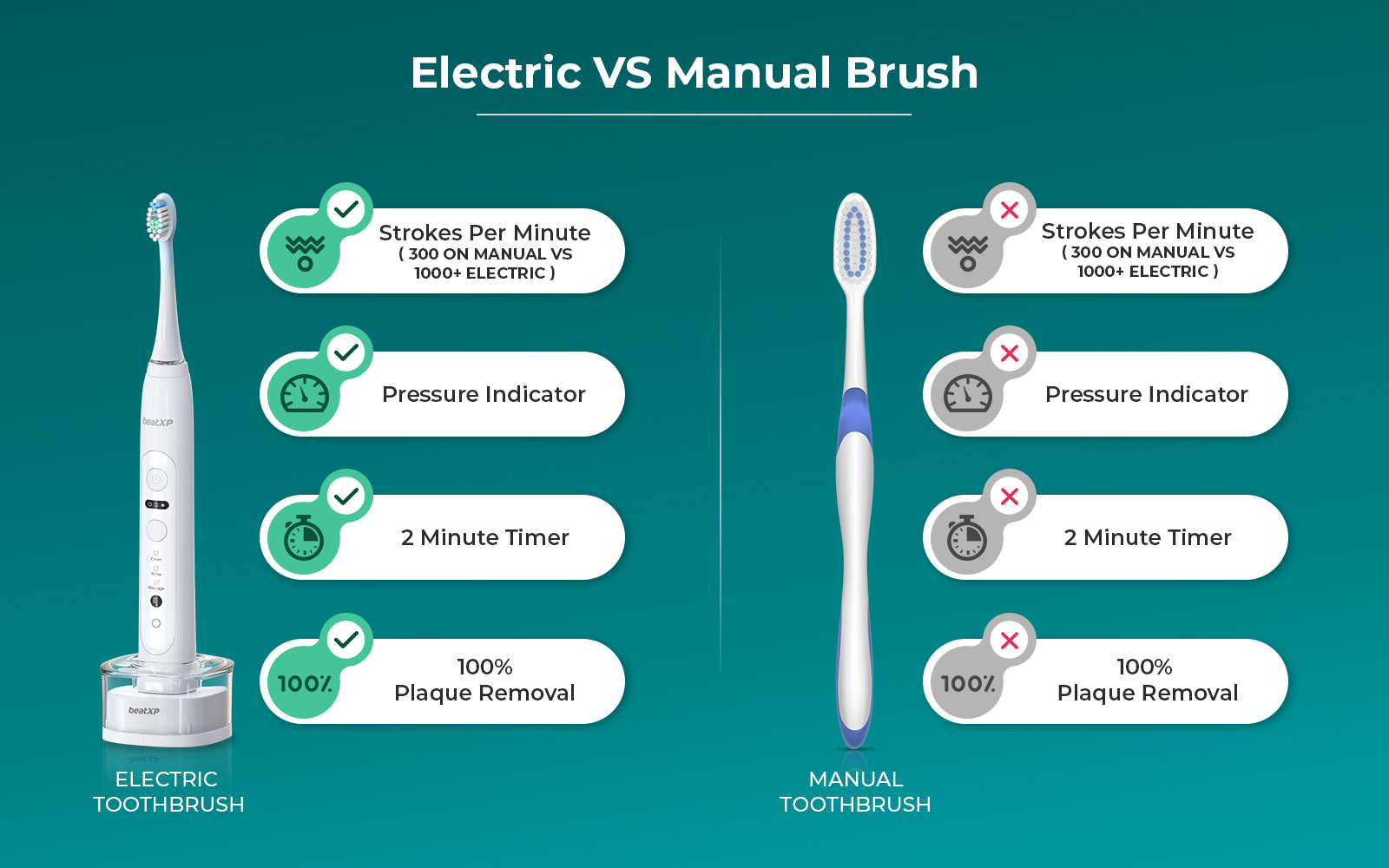
Scientific Evidence of Superiority
- Plaque Removal: Electric brushes remove 21% more plaque than manual brushes, reducing gingivitis by 11% after 3 months of use. Clinical studies confirm oscillating-rotating models (like Oral-B) disrupt biofilm 150% more effectively, while sonic brushes (like Philips Sonicare) create fluid dynamics that clean between teeth.
- Consistency Advantage: Only 45% of manual brushers reach the ADA-recommended 2 minutes, versus 97% of electric brush users, thanks to built-in timers.
- Enamel & Gum Protection: Pressure sensors in 85% of premium electric models prevent gum recession caused by excessive force—a common issue with manual brushing.
Comparison Table: Electric vs. Manual
|
Factor
|
Electric Toothbrush
|
Manual Toothbrush
|
|
Plaque Removal
|
21% more effective
|
Standard efficacy
|
|
Gingivitis Reduction
|
11% greater reduction
|
Moderate reduction
|
|
Brushing Duration
|
97% achieve 2+ minutes
|
45% achieve 2+ minutes
|
|
Dexterity-Friendly
|
Ideal for arthritis/braces users
|
Challenging for limited mobility
|
|
Cost Over 3 Years
|
€150–€400 (brush + heads)
|
€30–€60 (replacements)
|
Pros and Cons Breakdown
Electric Pros:
- Smart Features: Bluetooth coaching (e.g., Oral-B iO Series 9) improves technique by tracking missed zones.
- Specialized Modes: Sensitivity (5,000 RPM), gum massage, and whitening cycles address specific needs.
- Eco-Options: Brands like SURI offer recyclable heads and solar-powered cases.
Electric Cons: Higher upfront cost; brush head replacements (€10–€15 every 3 months); charging dependency.
Manual Pros: Low cost; no charging; portable. Best for: Budget-conscious users with excellent technique.
Sonic vs Oscillating: Technology Comparison
1. Oscillating-Rotating (3D Cleaning)
- How it works: Round brush heads rotate while pulsating to dislodge plaque
- Best for: Stain removal and gum line cleaning
- Brand examples: Oral-B Genius series
2. Sonic Technology
- How it works: High-frequency vibrations create fluid dynamics between teeth
- Best for: Interdental cleaning and gentle gum care
- Brand examples: Philips Sonicare DiamondClean
3. Ultrasonic Systems
- How it works: Emits 1.6MHz waves that disrupt bacterial membranes
- Best for: Periodontal maintenance and sensitive teeth
- Leading brand: Megasonex
Mastering Your Electric Toothbrush: Technique Matters
Step-by-Step Proper Usage
Pre-Brush Prep: Floss first to loosen debris between teeth. Apply a pea-sized fluoride toothpaste.
Angulation & Motion:
- Hold brush at 45° to gums.
- Do not scrub—gently glide along teeth surfaces, pausing 2–3 seconds per tooth.
- Let bristles reach gum lines and back molars.
Quadrant System: Divide mouth into 4 sections. Use 30-second pulses (on brushes with pacers) to ensure even coverage.
Tongue Cleaning: Use brush’s reverse silicone pad or dedicated tongue cleaner to reduce bacteria.
Critical Mistakes to Avoid
- Over-Pressing: Causes gum recession. Solution: Use pressure sensors (e.g., Oral-B iO3’s green/red light system).
- Fast Hand Movements: Electric brushes clean via vibration—no manual scrubbing needed! Move slowly tooth-by-tooth.
- Ignoring Brush Head Wear: Frayed bristles reduce efficacy. Replace every 3 months or when color indicators fade.
Beyond Brushing: Complete Oral Hygiene Protocol
Synergistic Practices
- Flossing First: Removes 40% of interdental plaque electric brushes can’t reach. Use water flossers (e.g., Waterpik) for braces users.
- Antimicrobial Rinses: Alcohol-free formulas (e.g., Crest Pro-Health) reduce bacteria without drying mucosa.
- Dietary Adjustments: Limit acidic drinks (soda, citrus juice) to prevent enamel erosion—wait 30 minutes before brushing after consumption.
Special Population Guidance
- Children (3+ years): Use kid-specific models (e.g., Brusheez) with 6,000–8,000 RPM and smaller heads. Supervise brushing until age 8.
- Braces/Implants: Opt for oscillating brushes with ortho-specific heads (e.g., Oral-B OrthoClean). Avoid ultrasonic around loose brackets.
- Sensitivity/Gum Disease: Sonic brushes (e.g., Philips Sonicare 4100) on "gum care" mode are gentler on inflamed tissues.
Maintenance Essentials
- Brush Hygiene: Rinse heads after use; store upright to air-dry. Deep-clean shafts weekly with cotton swabs.
- Sanitizing: Soak heads in 3% hydrogen peroxide for 10 minutes weekly, never microwave or dishwasher-clean.
- Battery Care: Fully discharge monthly to preserve lithium-ion battery life.
Choosing Your Ideal Electric Brush: Evidence-Based Recommendations
Top Models by Need
|
User Profile
|
Recommended Model
|
Key Features
|
|
Budget-Conscious
|
Philips Sonicare 4100
|
Pressure sensor, 2 intensities, 17-day battery
|
|
Tech Enthusiasts
|
Oral-B iO Series 6 (iO6)
|
Real-time tracking, 6 cleaning modes
|
|
Eco-Warriors
|
SURI Sustainable Brush
|
Recyclable heads, UV-C travel case
|
|
Sensitive Teeth
|
Philips Sonicare DiamondClean
|
Gentle mode, 5 intensity levels
|

ADA Seal Criteria: Non-Negotiables
When selecting a brush, verify it has the ADA Seal of Acceptance. Certified brushes must:
- Remove plaque/reduce gingivitis significantly in 30-day trials.
- Have bristles free of sharp edges.
- Include safety testing for electrical components.
The Future of Electric Brushing: AI and Sustainability
- AI Diagnostics: Emerging brushes (e.g., Oclean X Ultra S) use cameras to detect early cavities via app-linked scans.
- Bamboo Handles: Brands like NatruSmile now offer biodegradable handles with recyclable heads.
- Hydrogen Production: Japanese prototypes electrolyze water to create antibacterial hydrogen bubbles during brushing.
"An electric toothbrush isn't a luxury—it's a preventative health tool. Combined with flossing, it's the closest thing to a dental clean at home." — Dr. Gemma Wheeler, In-House Dentist, ElectricTeeth.
Discover Your Perfect Electric Toothbrush from Best Brands



















